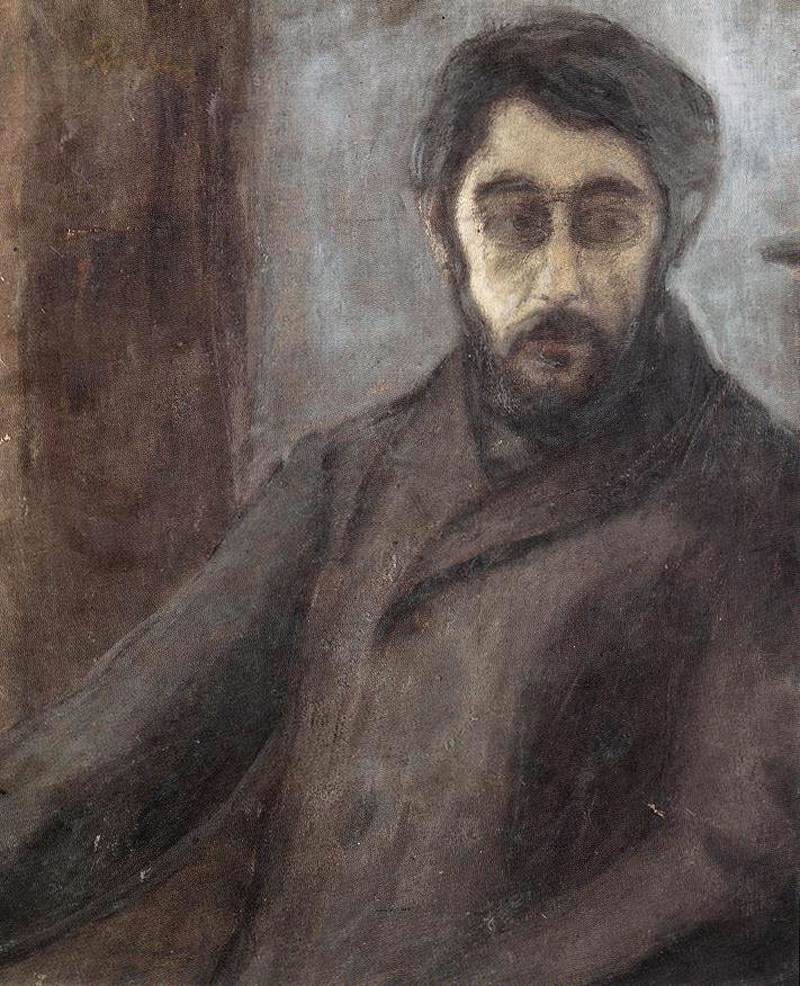Description
The painting Portrait of Pierre Bonnard by the Hungarian artist József Rippl-Rónai is a work that stands out for its modernist artistic style and its innovative composition. The work, which measures 61 x 49 cm, portrays the famous French painter Pierre Bonnard in a style that combines elements of symbolism and fauvism.
One of the most interesting aspects of this painting is its use of color. Rippl-Rónai employs a vibrant and saturated palette, with intense shades of blue, green, yellow and red interweaving in surprising ways. The artist uses color expressively and symbolically, creating an atmosphere of mystery and emotion in the work.
The composition of the painting is also very interesting. Rippl-Rónai uses an unusual perspective, presenting Bonnard in profile with his head slightly tilted. The artist plays with light and shadow, creating an effect of depth and volume that gives life to the figure of the sitter.
The history of the painting is also fascinating. Rippl-Rónai and Bonnard met in Paris in the 1890s, when they were both young artists looking for inspiration and recognition. The painting was done in 1908, when Rippl-Rónai had already achieved some success as an artist and Bonnard was considered one of the great masters of modern art.
In summary, Portrait of Pierre Bonnard is a work of great artistic and historical value, which combines elements of different artistic movements and shows the skill and creativity of its author. The painting is an example of the richness and diversity of modern art, and continues to be a source of inspiration for artists and art lovers around the world.

